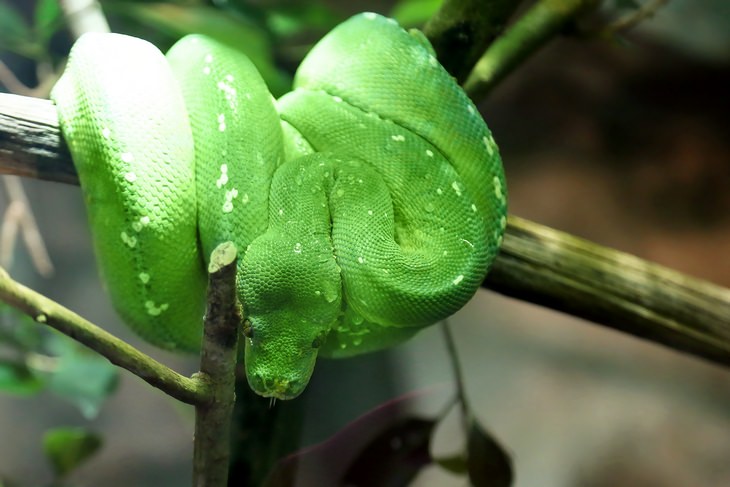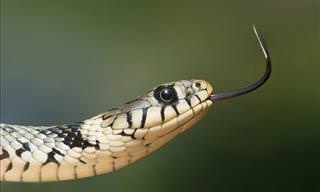Every year, about 5.4 million people are bitten by snakes, of which about half are bitten by a venomous snake. Deaths from snake bite are relatively uncommon, at about 80,000-140,000 on a yearly basis, but almost three times as many people are left with permanent damage to their body in the form of amputation, permanent nerve damage and kidney failure. Most snake bites occur in the tropics - Central and South America, Sub Saharan Africa, and South and Southeast Asia, most happen during the summer, and the majority of victims are young males who provoke the snake in some way.
Here are several things to consider when encountering a snake:
Most snakes want nothing to do with humans
The diet of most medium-sized snakes consists of rodents and other small animals. Because all snakes consume food by swallowing it whole, they are rather limited in their choice of prey. Humans are far too large for venomous snakes to eat, and many of them actively avoid densely-populated areas. Venomous snakes that have adapted to life in the vicinity of humans prey on vermin and leave humans alone when left unprovoked. If you see a snake, a good rule of thumb is to leave it alone and step away.
Identify the snake
Many snakes pose no danger at all to humans, but ignorant people may still attempt to kill them to avert a perceived threat. There is no foolproof way of telling snakes apart, but there are some identifying attributes which may help you recognize whether the snake you’re seeing is dangerous:
Vipers
The most common venomous snakes, vipers are also relatively easy to identify. Most vipers have a bulky body, a broad head, and slit pupils. Rattlesnakes, a species of viper endemic to the Americas, are even easier to recognize, as they also have a distinctive rattle at the tip of their tail which they use to scare away would-be predators.
Cobras
Cobras are also very easy to identify, owing that to their famous hoods. Cobra species can be found all over Africa and in South Asia. Spitting cobras have less pronounced hoods and can spray venom as a defense mechanism when threatened. Venom administered by spit is nonlethal but should still be treated, especially in case of contact with the eyes.
Coral Snakes
Coral snakes are the most venomous snakes in North America, and are also harder to identify, as they share many attributes with non-venomous milksnakes and kingsnakes, such as coloration, pattern, and shape. Unlike vipers and cobras, they don’t have a distinct-looking head. Luckily, coral snakes are also among the most reclusive, living far away from humans. A coral snake would probably slither away when encountered. There are some mnemonics that are supposed to help identify coral snakes, but these are unreliable. If you see a ringed snake with black and red coloration, just stay away and leave it alone.

A milksnake, similar in appearance to the coral snake, but non-venomous
Constrictors
Constrictor snakes are not venomous, but a few species can pose a threat to humans. Constrictors kill prey by wrapping their body around it and using their powerful muscles to crush it, upon which they swallow it whole. The largest of constrictors, such as anacondas and reticulated pythons sometimes prey upon humans, but even those don’t typically target adults. Some people keep large constrictors as pets, which could be a bad idea, as there are several known cases of pet constrictors killing their owners.
So, what should you do if you see a snake?
First, remain calm. Make note of what the snake looks like, its coloration, shape, and patterns. If the snake is several feet away, don’t move and see how the snake reacts. Usually, a snake will look for an escape route at this point. If the snake rises up, it’s threatened and may be preparing for an attack. If the snake does not move away, slowly back away.
If you’re unlucky enough to step on or close to a snake, forgo caution and quickly move away. Only stop once you’ve created sufficient distance between you and the snake.
Do not touch the snake, not even with a pole. Don’t try to kill or catch it. If it bit you or someone nearby, do not attempt to seize it. Remembering what the snake looked like should be enough to get you the help you need.
When hiking in grassy areas where snakes may hide, thick boots and long trousers are a good idea and may offer some protection from a snake bite. Avoid tall grass and be cognizant of your surroundings.
If the snake is in or around your house, do not attempt to kill it and do not remove it by yourself. Call a professional snake catcher.
 Go to BabaMail
Go to BabaMail


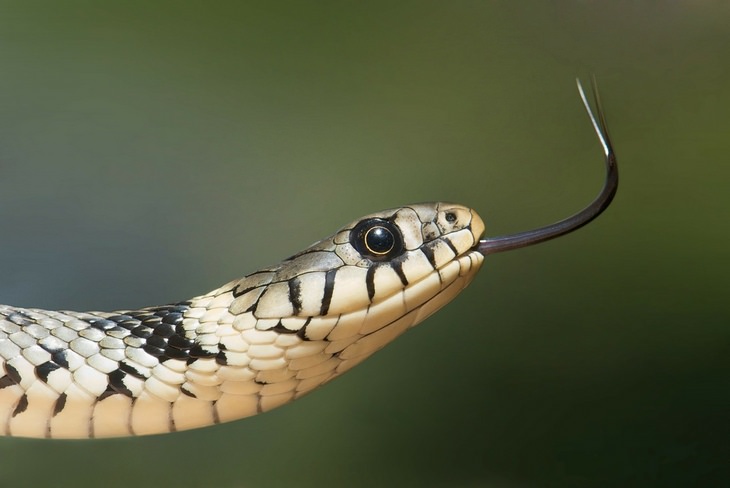
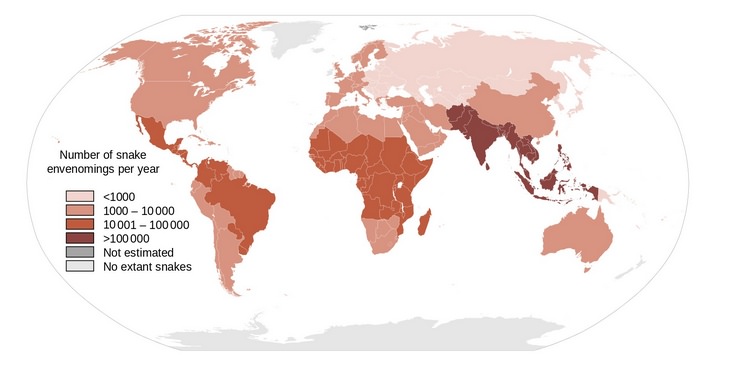
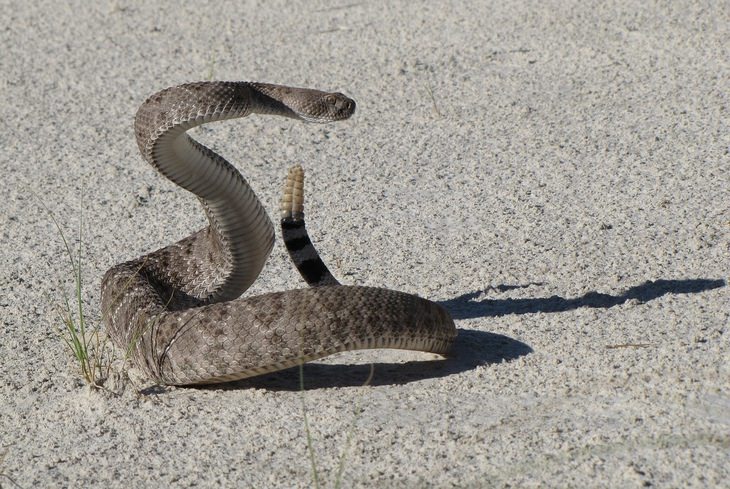
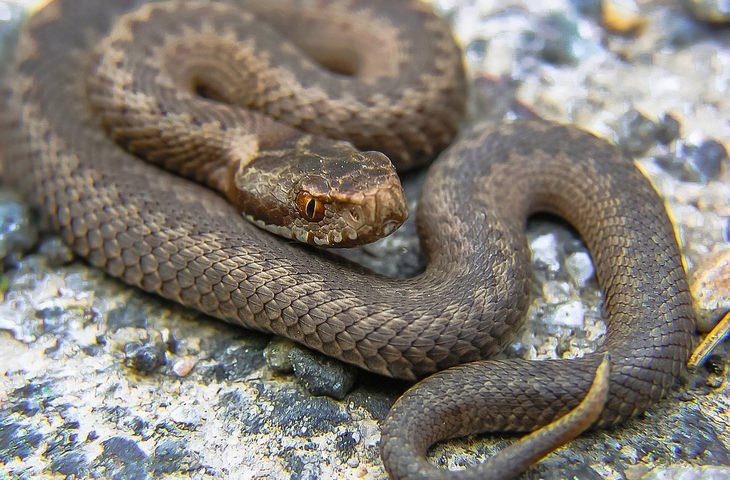

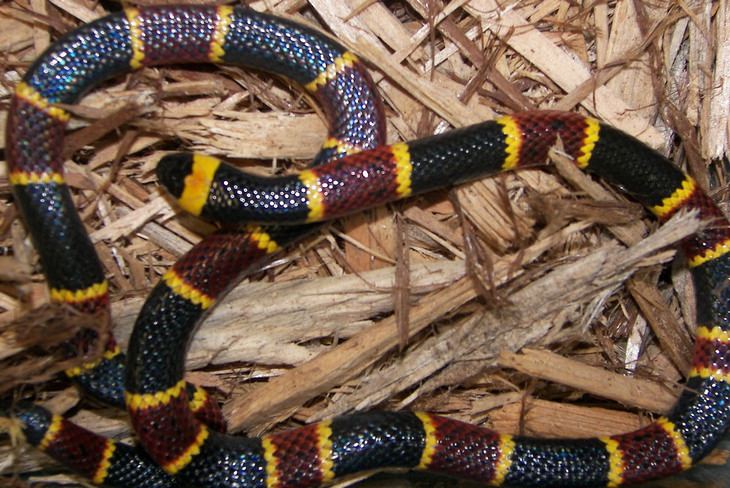 Source:
Source:  A milksnake, similar in appearance to the coral snake, but non-venomous
A milksnake, similar in appearance to the coral snake, but non-venomous